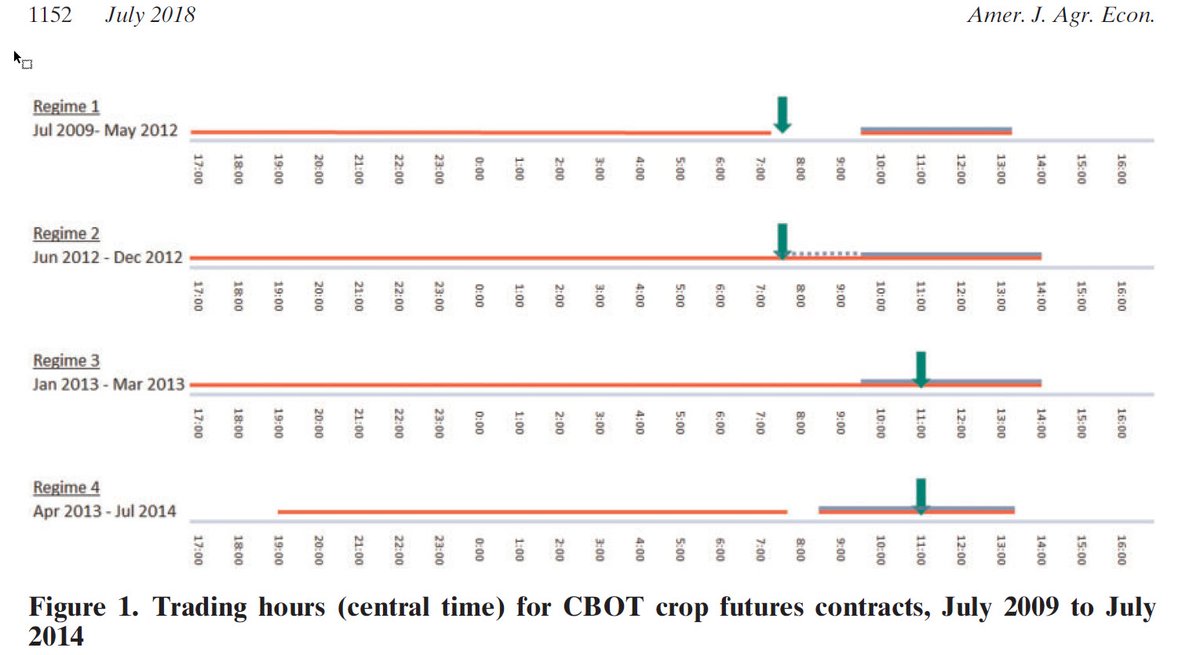
1. Now this is gonna catch your attention. Gary and colleagues have a very interesting new #FDD on projected corn and soybean returns in Illinois based on planting date and present prices and costs.
https://twitter.com/FarmPolicy/status/1516731626381709317
2. Recall from my #FDD last week that agronomic field trials show, on average, expected corn yields in Illinois by planting date look like this: 

3. Here is the data on soybeans and planting date. Link to my article: farmdocdaily.illinois.edu/2022/04/what-d… 

4. What Gary did was to put these curves into economic terms this year using current prices and costs. Gets expected returns for corn and soybeans in IL by planting date for 2022 

5. Very cool analysis. It shows something very interesting. Corn is more profitable than soybeans at present harvest bid prices for all planting dates. Economics suggest some switching of beans back to corn may happen. 

6. Weather and input availability could certainly push against any move back towards corn over soybeans. In fact, one can argue that this premium for corn is exactly what the market needs to do to hold corn acres given crappy spring weather so far and input issues. 

• • •
Missing some Tweet in this thread? You can try to
force a refresh





